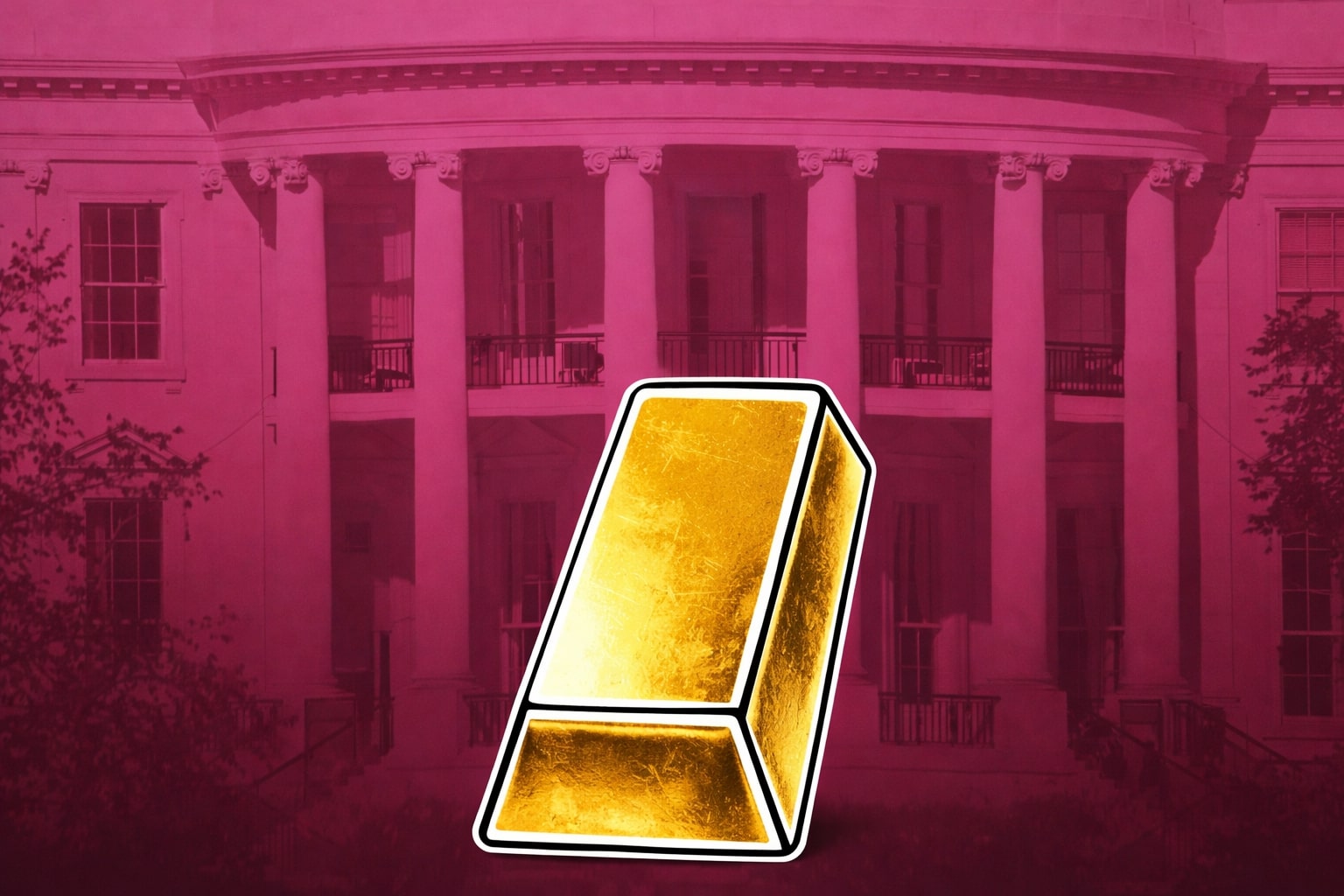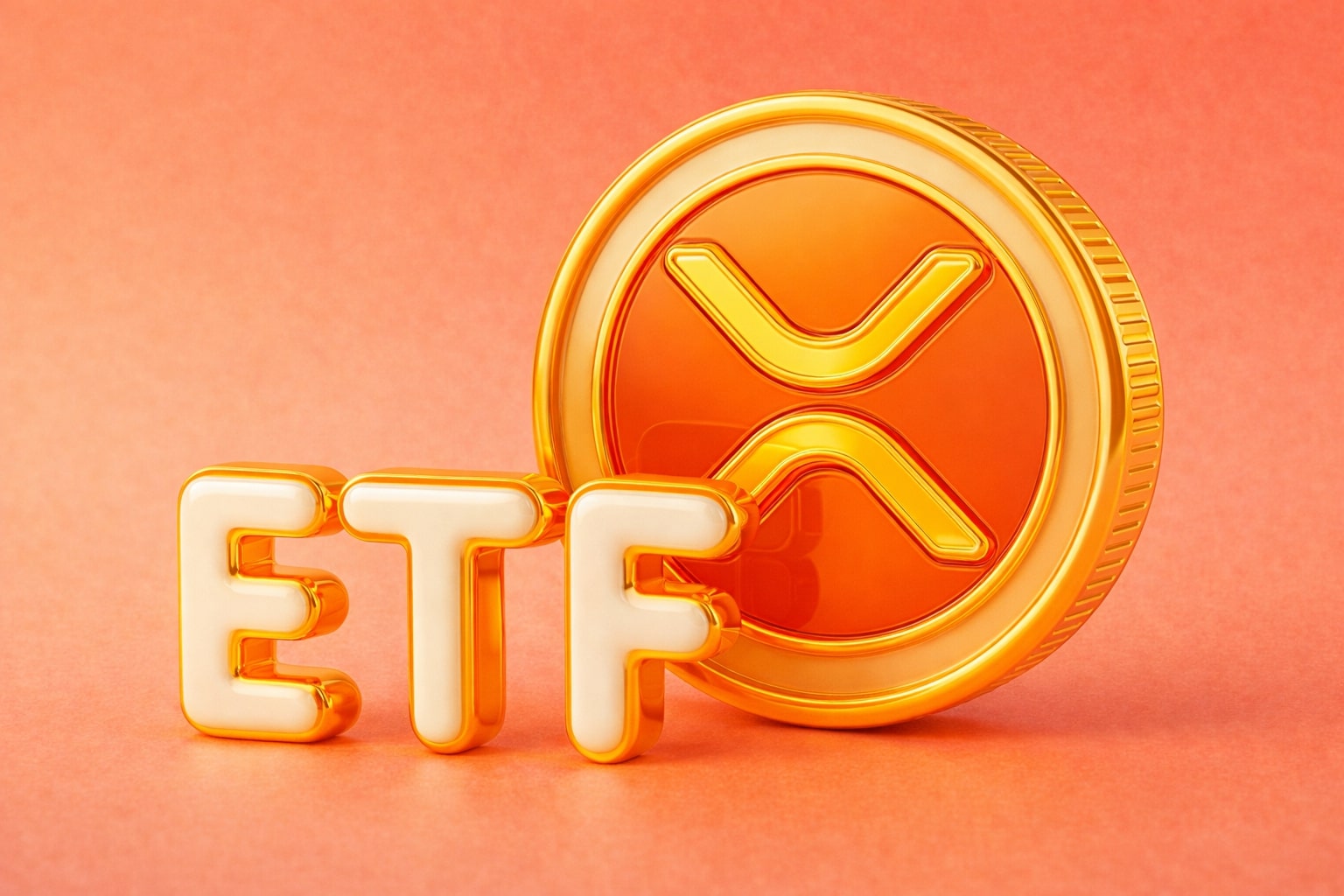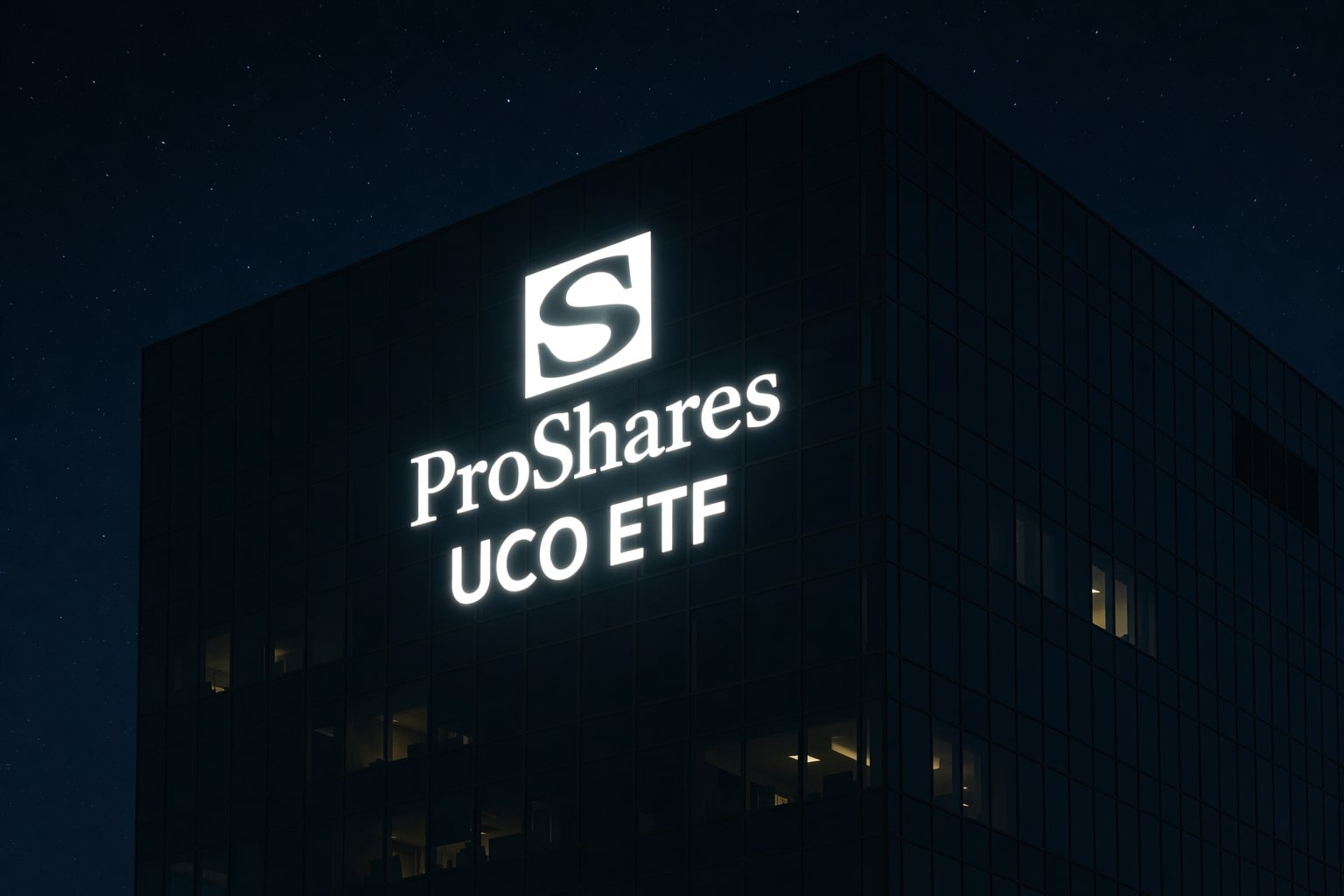Copper Price Forecast: Tariffs, Supply Disruptions, and Mining Setbacks Shape HG=F Outlook
Copper (HG=F) sits at the center of one of the most volatile industrial metals markets in decades, with policy, production, and institutional positioning all colliding to drive price action. Futures on COMEX spiked as high as $13,000 per metric ton following U.S. President Donald Trump’s announcement of a 50% tariff on imported copper, doubling Wall Street’s baseline expectations of a 25% duty. This shock has created wide arbitrage spreads between COMEX and LME contracts, with London prices lagging at $9,700 per ton, suggesting heightened risk of dislocation across exchanges.
Tariffs Reshape U.S. Copper Trade Flows
Goldman Sachs revised its baseline to a 50% tariff after Commerce Secretary Howard Lutnick confirmed that a Section 232 investigation into copper had concluded, clearing the path for implementation before the end of summer. The urgency of the timeline is already pushing exporters to accelerate shipments into the U.S. before duties take effect. The immediate reaction was seen in Freeport-McMoRan (NYSE:FCX), the world’s largest publicly traded copper miner, which rallied more than 2.5% on the tariff news. The strategic rationale from Washington is clear: secure domestic copper supply for critical sectors like vehicle manufacturing, defense, and power grid upgrades. However, the market impact is twofold — near-term shortages for downstream industries and structural price elevation for copper inputs.
Capstone Copper Struggles With Mantoverde Production Halt
While U.S. tariffs dominate headlines, the supply side has its own challenges. Capstone Copper (TSX:CS, OTC:CSCCF) reported mechanical failures at its Mantoverde mine in Chile, with both ball mill drive motors failing at the end of August. Repairs are expected to take four weeks, halving production capacity during that period. Despite the setback, shares of Capstone surged 23% year-to-date and climbed another 14% in the past month, as investors focused on its long-term growth trajectory. Analysts still see the stock as 10.7% undervalued with a fair value estimate of $11.10 per share, citing the Mantoverde Optimized project that is expected to boost throughput and expand margins once operational. However, persistent drought conditions in Arizona and operational hiccups remain key risks that could temper this bullish thesis.
Ero Copper Insider and Institutional Activity Signal Mixed Sentiment
Ero Copper (NYSE:ERO) has been under close watch after 683 Capital Management cut its stake by 27.1%, reducing holdings to 1.8 million shares worth roughly $21.8 million. Despite this trimming, institutional ownership remains high at 71.3%, reflecting broader confidence in the company’s fundamentals. Hedge funds such as Decade Renewable Partners LP increased their positions by more than 61%, while GMT Capital Corp grew holdings by 22.9% to more than 6.9 million shares. Analyst sentiment is still leaning positive, with a consensus rating of Moderate Buy and an average price target of $23.50, above its last trading level at $14.97. Recent earnings underscored the strength of operations, with Ero Copper reporting EPS of $0.46, beating estimates of $0.33, though revenues at $163.5 million fell short of expectations.




















